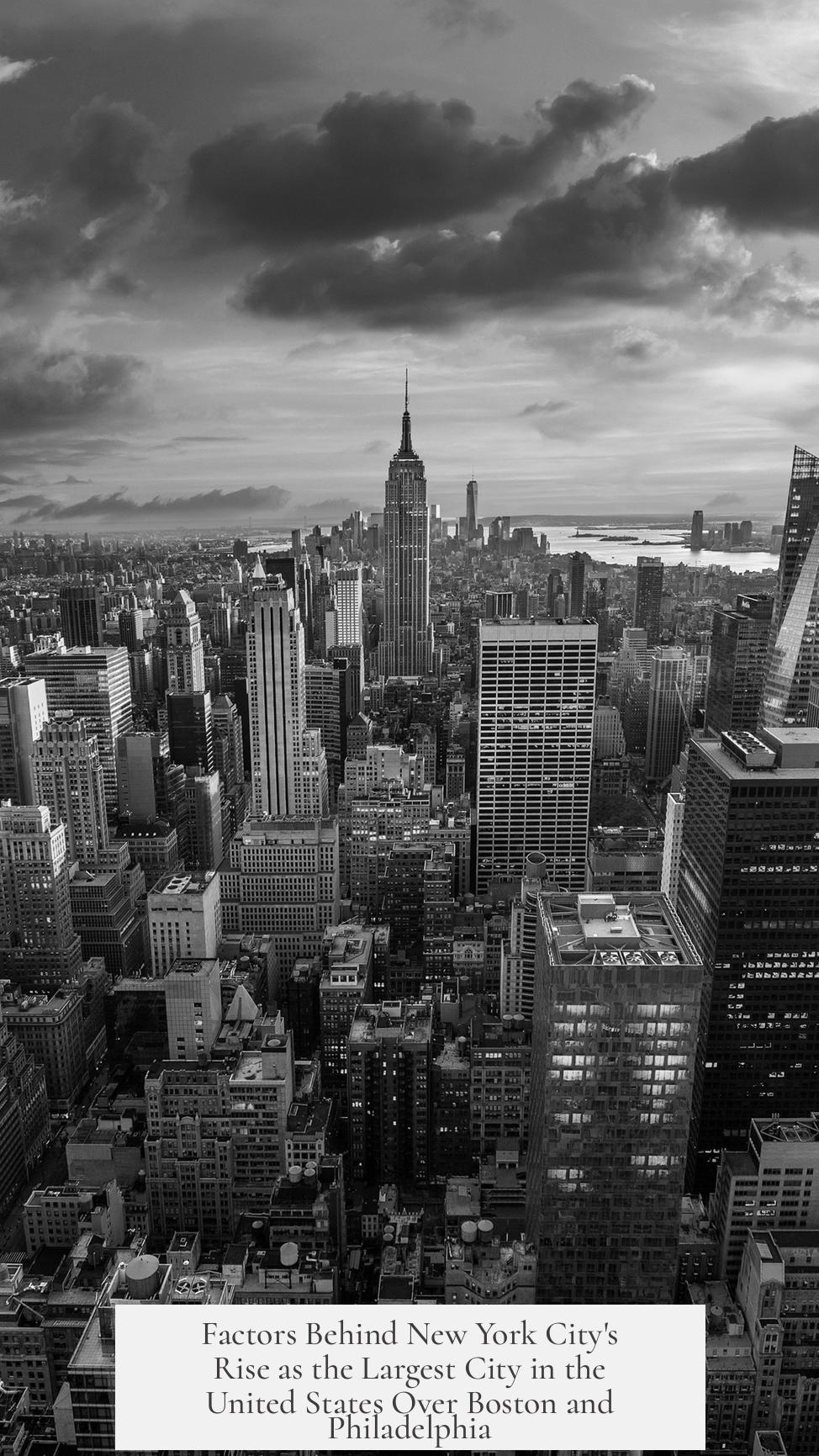New York City becomes the biggest city in the United States over ports like Philadelphia and Boston due to its unique geographic position, strategic trade advantages, and industrial growth driven by cumulative factors.
Geography plays a critical role. New York’s harbor benefits from natural protection by Long Island and Staten Island. This shelter makes the southern tip of Manhattan easily defensible. Additionally, New York has a deep-water port that faces less ice accumulation in winter compared to shallower ports like Boston’s. This allows year-round shipping and reduces transportation disruptions.
A major boost to New York’s prominence comes from the Erie Canal, completed in the early 19th century. The canal links New York Harbor to the Midwest and Great Lakes, creating a vital trade corridor. Goods from the interior flow through New York, making it a hub connecting Atlantic shipping with inland markets.
Political dynamics following the War of 1812 also shape New York’s rise. The British hold bitterness toward revolutionary cities like Boston, limiting trade with them. Instead, they route many European goods through New York, which becomes a key gateway for imports. This trade preference favors New York’s economic growth relative to other cities.
Industry follows the flow of goods and workers. Capital-intensive sectors such as sugar refining and garment manufacturing locate in New York to access imported raw materials efficiently. Initial factories create a clustering effect, attracting specialized workers and new investment. This process, known as cumulative causation, means once industries start in New York, they expand rapidly due to high transport costs and specialized labor availability.
Thus, New York’s natural harbor, connection to the interior via the Erie Canal, favorable post-war trade conditions, and industry clustering interact. These factors reinforce each other, escalating New York’s position above other port cities.
- Natural harbor shielded by Long and Staten Islands
- Deep-water port with less ice blockage
- Erie Canal linking New York to the Midwest
- British post-war trade policies favoring New York
- Capital-intensive industries clustering due to cumulative causation
Unraveling New York City’s Rise: Why Did It Become the Biggest City in the US?
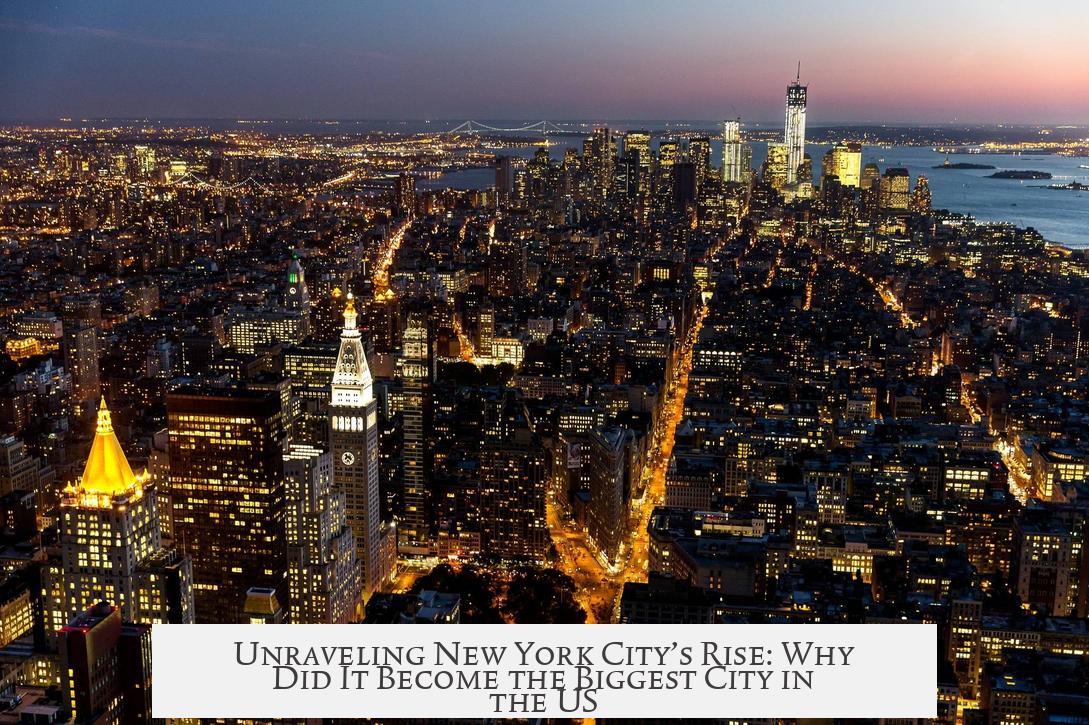
New York City did not become the giant of the United States by chance. It rose to dominance over other bustling port cities like Philadelphia and Boston thanks to a smart mix of geography, post-war politics, and a snowball effect in industry growth. Curious how these factors played out? Let’s journey through the key reasons NYC towered above its peers and attracted people, capital, and commerce like a magnet.
Guarded Harbor and Deep Waters: Geography as the Unsung Hero

Imagine you’re a sailor or shipowner in the 18th or 19th century. You want your ships to dock safely, avoid ice blockages in winter, and unload goods quickly. Now, check out New York City’s secret weapon: its geography.
- Natural Protection: Long Island and Staten Island form a protective shield around New York Harbor. This geographical setup made the southern tip of Manhattan a naturally defensible spot. It’s like having a fortress at your doorstep.
- Deep Water Advantage: Unlike Boston’s port, which is shallower and freezes over more regularly, NYC’s deep water harbor meant fewer winter disruptions. Ships with heavy cargo didn’t have to wait for ice to thaw. A big deal back when frozen ports could mean disaster.
- Erie Canal Connection: Completed in 1825, the Erie Canal linked NYC to the vast Midwest and Great Lakes. This logistical masterpiece was a game-changer, allowing goods to move cheaply and swiftly inland, unlike Philadelphia or Boston, which lacked such a direct inland waterway.
This trio of geographic blessings gave New York an edge. Protection from enemies, easier shipping year-round, and a direct highway into America’s heartland all helped set the stage for explosive growth.
After the War of 1812: European Politics Paint NYC Green
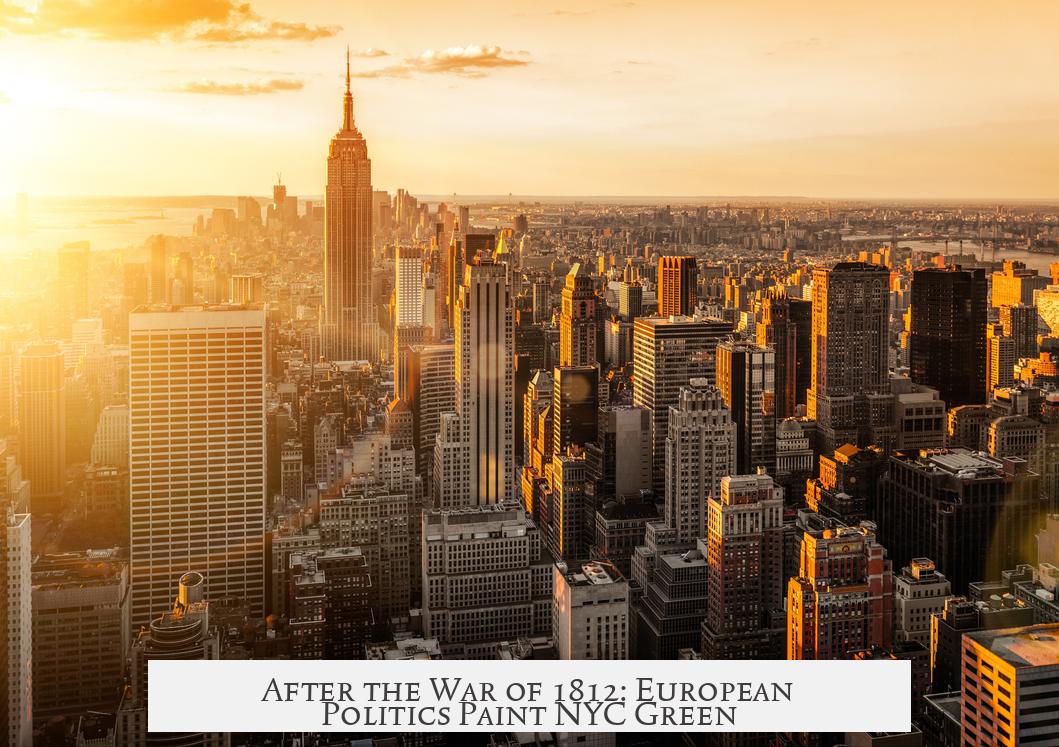
Here’s where history adds a twist: geopolitics.
The War of 1812 left scars. The British, unhappy over losing the colonies, turned chilly toward direct trade with revolutionary-minded cities such as Boston. Consequently, New York emerged as a preferred dumping ground for European goods.
This wasn’t just politics on paper—it had real economic teeth. By becoming the go-to port for European trade, New York attracted merchants and industries that wanted to import raw materials and export finished products. The wealth flowing into the city set off ripples that still bounce through its skyline today.
From Factories to Fortunes: Capital-Intensive Industries and Cumulative Causation
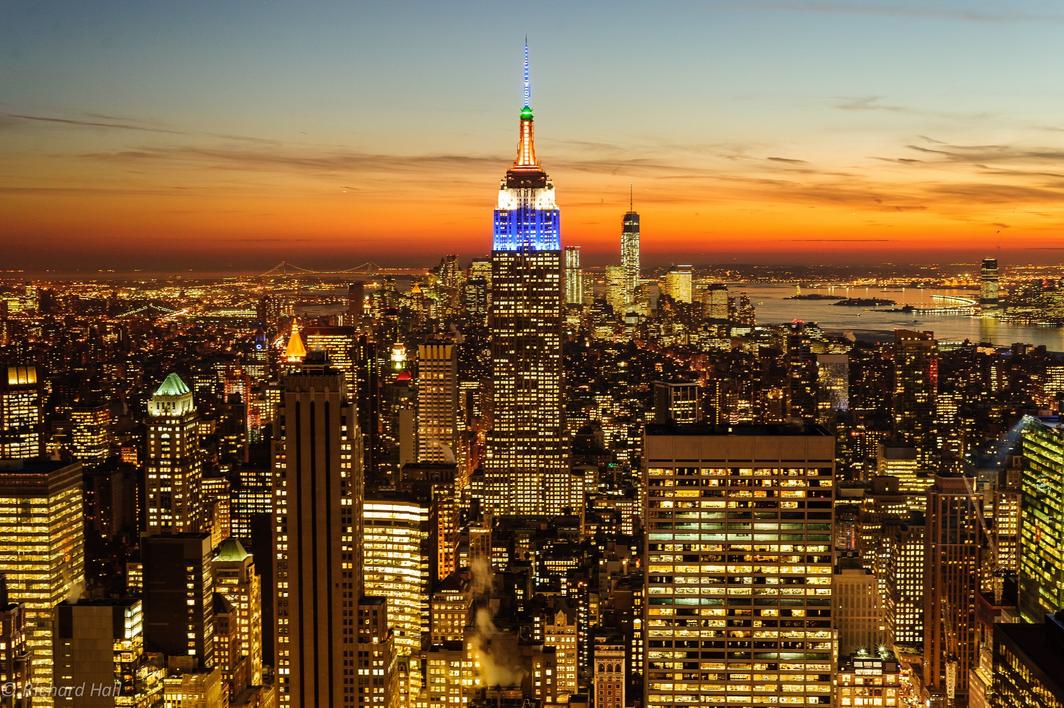
Let’s talk about what happens inside the city once goods start flowing freely.
NYC became a hub for capital-intensive industries—businesses that required significant upfront investment and imported raw materials, like sugar refining and garment manufacturing. These industries chose New York because of its geographic and political advantages.
| Industry | Reason for Choosing NYC |
|---|---|
| Sugar Refining | Close to European imports, ready shipping, and reliable workforce |
| Garment Manufacturing | Access to raw materials and a growing pool of specialized workers |
The magic comes with what economists call cumulative causation. Here’s how it works:
“The first sugar and garment factories settle in NYC → more workers move to the city for these jobs → more industries see the growth and choose NYC to build factories → more workers come, and the cycle continues.”
Think of it like a snowball rolling downhill—it picks up more snow and speed as it goes. The high transportation costs of moving finished garments or refined sugar made it essential to be near suppliers and workers. So, the city became a specialized, self-reinforcing ecosystem: industries attracted workers, workers attracted industries, and NYC kept growing.
Philadelphia and Boston: What Did They Miss?
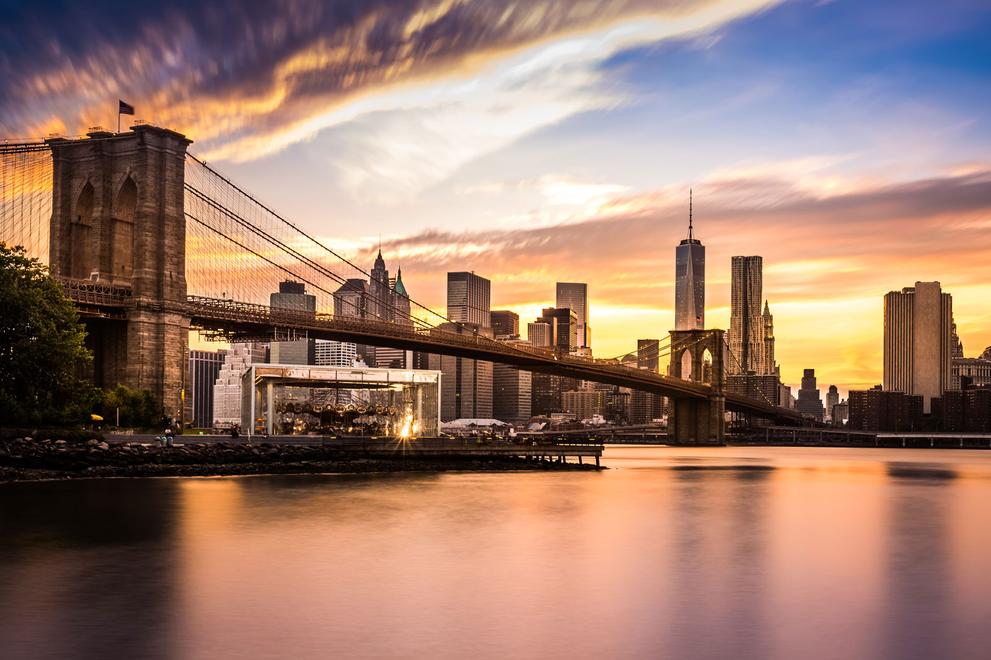
Both Philly and Boston started strong but lacked some key ingredients NYC capitalized on.
- Philadelphia had a less defensible harbor and no equivalent to the Erie Canal linking it to the vast interior.
- Boston faced a shallow, ice-prone harbor that limited large ship access during winters.
- Both faced political headwinds post-War of 1812 as British traders favored New York, shrinking their share of European trade.
While they remained important, these limitations prevented either city from scaling their industrial base and population as dramatically as New York.
What Can We Learn Today?
New York’s rise shows how geography, politics, and industry connect. Location matters, yes, but so do smart infrastructure investments like the Erie Canal and the ability to adapt to political shifts. Plus, the way industries and workforce link together can create unstoppable growth cycles.
For modern cities or businesses wondering how to “grow big fast,” NYC’s story offers practical lessons:
- Leverage natural and engineered advantages (transport, location).
- Watch and adapt to geopolitical and trade dynamics.
- Create or join ecosystems where businesses, workers, and infrastructure reinforce each other.
Next time you stroll through Manhattan’s streets, remember: the city’s gigantic shoulders stand on centuries of geographic luck, savvy politics, and economic snowballing.
What geographical features helped New York City grow larger than Boston and Philadelphia?
New York’s harbor is well protected by Long Island and Staten Island. Its deep water port stayed mostly ice-free, unlike Boston’s shallower port. These features made it easier to defend and keep trade flowing year-round.
How did the Erie Canal contribute to New York’s rise over other port cities?
The Erie Canal linked New York to the Midwest and Great Lakes. This connection opened trade routes inland, allowing goods and people to move efficiently, boosting New York’s importance as a trade hub.
What role did British trade policies after the War of 1812 play in New York City’s growth?
After the war, the British avoided trading with revolutionary cities like Boston. Instead, they sent European goods to New York, increasing its volume of imports and making it a key port for international trade.
Why did capital-intensive industries choose New York over Philadelphia and Boston?
Industries like sugar refining and garment making settled in New York because of its location and access to imported raw materials. Early factories attracted workers and more businesses, creating a cycle that spurred further industrial growth.
What does ‘cumulative causation’ mean in New York’s development context?
Cumulative causation refers to how initial advantages, like early factories and skilled workers, attracted more business and labor. This process reinforced New York’s industrial and population growth over time, surpassing other cities.

